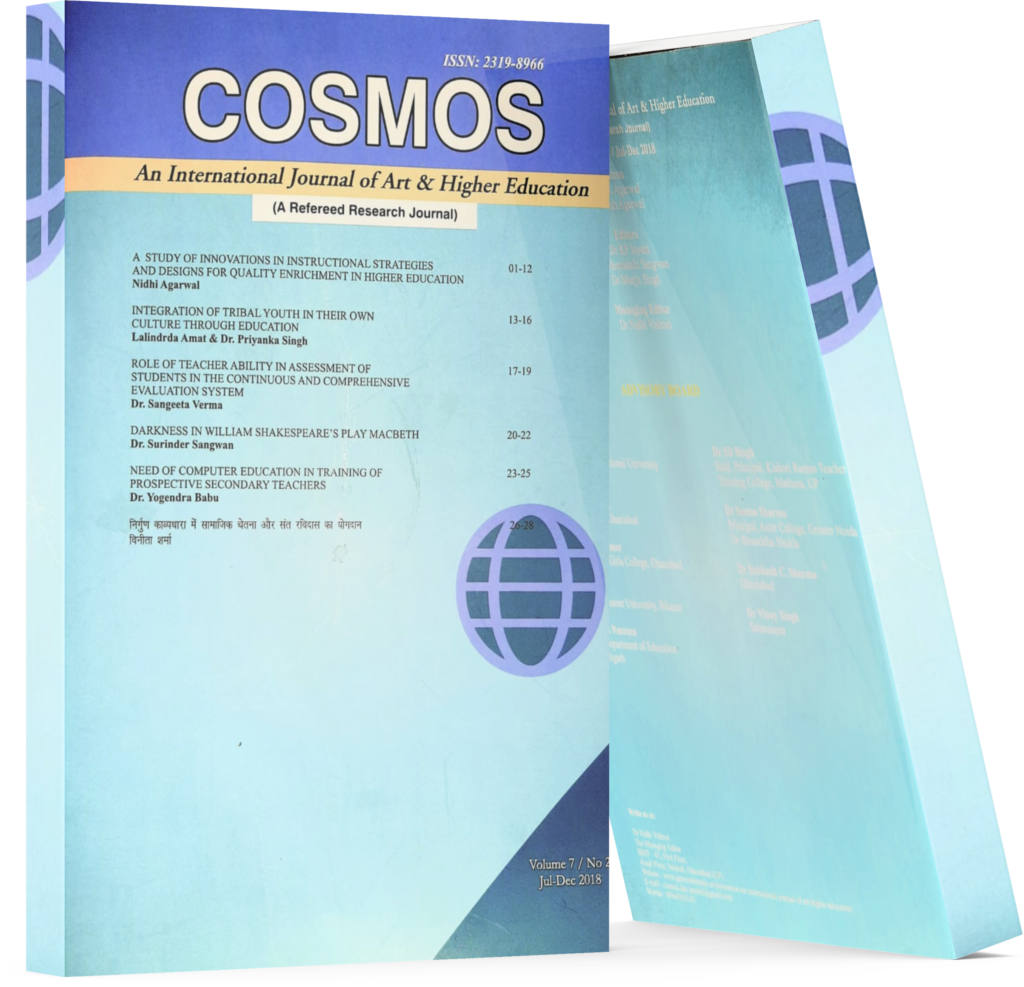Projected Action Plan And Timeline In Pilot Testing Of Simulaton-Based Learning In The College Of Nursing At Phinma-University Of Pangasinan
Keywords:
Learning Modality, Macro Skills, Online Distance Learning, Modular Distance LearningAbstract
Background: In rapidly changing society with changing demands of need, nursing education is grand changing furthermore. The student nurses identify their learning needs in terms of cognitive, affective, and psychomotor domains. Clinical instructors meet the student nurses learning needs by giving the appropriate methodologies and teaching strategies in enhancing the student nurses knowledge, skills and attitude.
Methods: This study utilized a systematic review as a design to review the simulation-based learning versus traditional learning. The Science Direct database was used to search the studies comprehensively. Result: An action plan was made to introduce the result of this research and the importance of evidence-based nursing practice. This is recommended to the PHINMA-University of Pangasinan to have clinical simulation based learning like the use of simulation mannequins in performing return demonstrations or for the laboratory lectures of the student nurses.
Conclusion: Many students under MDL find the learning experience in such modality as non-helpful when it comes to developing their macro skills.
Downloads
References
Luhanga, F.L. (2018). The traditional-faculty supervised teaching model: Nursing faculty and clinical instructors’ perspectives. Journal of Nursing Education and Practice, 8(6), 124.doi: 10.5430/jnep.v8n6p124.
Kenney, J.W. (2013). Theory-Based Advanced Nursing Practice. In W. K. Cody (Ed.), Philosophical and theoretical perspectives for advanced nursing practice (pp. 333-352). Burlington, Mass.: Jones and Bartlett Learning.
Gaba, D.M. (2004). The future vision of simulation in health care. Quality & Safety in Health Care, 13, 2-10.
Jeffries, P.R. and Rizzolo, M.A. (2007). Appendix A. Final report of the NLN/Laerdal
simulation study. In P. R. Jeffries (Ed.), Simulation in nursing education: From conceptualization to evaluation (pp. 145-159). New York: National League for Nursing.
Jeffries, P.R. and Rogers, K.J. (2007b). Theoretical Framework for Simulation Design. In P.R.
Jeffries (Ed.), Simulation in nursing education: From conceptualization to evaluation (pp. 21- 33). New York: National League for Nursing.
Hober, C. and Bonnel, W. (2014). Student Perceptions of the Observer Role in High Fidelity Simulation. Clinical Simulation in Nursing, 10(10), 507-514.
McCaughey, C.S. and Traynor, M.K. (2010). The role of simulation in nurse education. Nurse Education Today, 30(8), 827-832.
Smith, S.E. and Amy B. (2014). The Ethics of Simulation. Retrieved November 24, 2019 from Scholarly Works:
https://scholarlyworks.lvhn.org/cgi/viewcontent.cgi ?article=1087&context=education&fbclid=IwAR0 1QVaMclAYs9NtcgKIqW4slLv2UspVOhae_36pq zErTnBjw3RlqbSK9Q0

